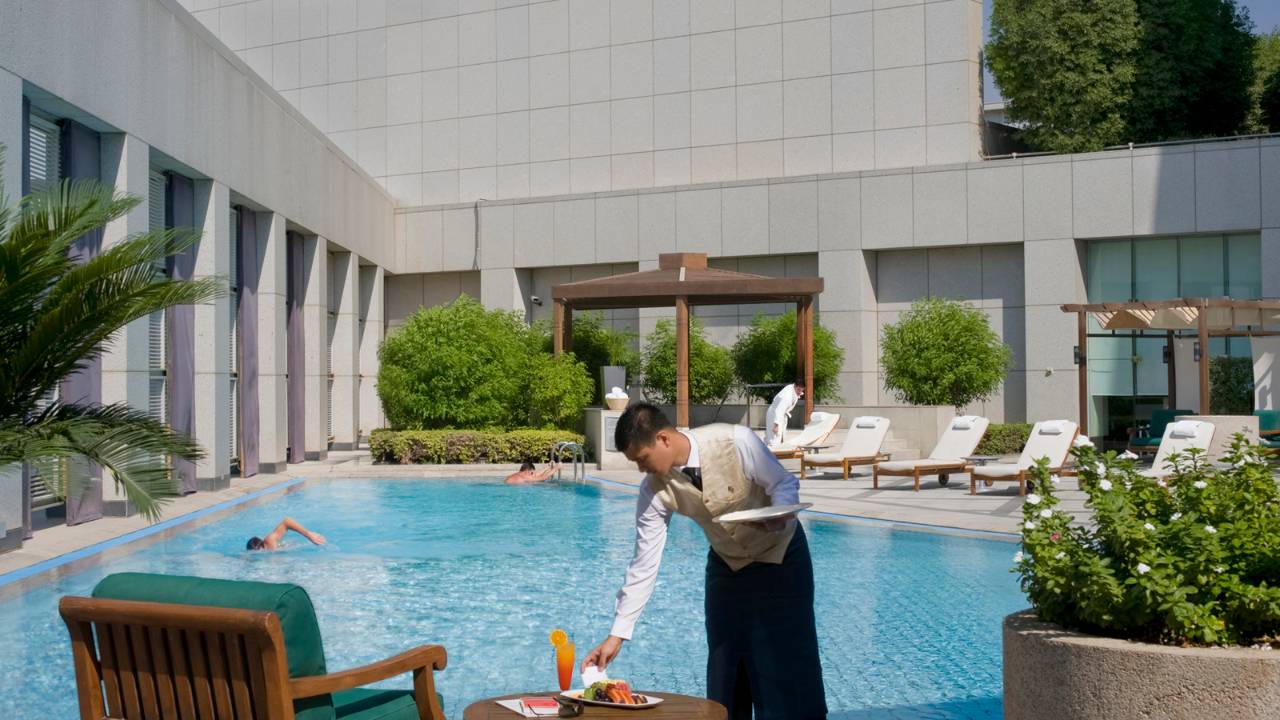|
According to STR, Saudi Arabia has more than
64,000 rooms across the three phases of the hotel development
pipeline.
That room total represents 76% of the more than 84,500
existing hotel rooms in the country.
As shown in STR�s January Pipeline Report, there
are 187 hotel projects total in Saudi Arabia between the Planning,
Final Planning and In Construction stages. The construction phase
represents the largest portion of the pipeline with almost 40,000
rooms in 94 projects.
At the market level, Makkah is set to receive
the largest amount of new supply with more than 23,000 rooms In
Construction and more than 32,000 rooms total in the pipeline.
Jeddah and Riyadh are each approaching 10,000 rooms total in the
three phases of the pipeline.

Ahead of his presentation at the Saudi Arabia
Hotel Investment Conference (SHIC) on Monday, 26 February, STR�s
area director for the Middle East and Africa, Philip Wooller,
said, �Saudi Arabia�s hotel market is going through a period of
massive supply expansion. In the short
term, we�ve already seen this growth affect performance levels,
and this trend should continue as more and more properties start
to come online. But it is important to note that this is part of a
major long-term investment for the market to further develop its
infrastructure to accommodate millions of annual visitors, which
come for religious pilgrimages and as new tourism attractions
spring up as part of Vision 2030.�
Vision 2030 was announced in 2017 as an
initiative aimed at reducing the country�s dependence on oil.
Included in the plan were major investments in the country�s
tourism sector. The most notable project in the tourism segment is
the Red Sea beach resort project, a new luxury destination along
part of Saudi Arabia�s west coast, scheduled for construction to
begin in 2019.
Wooller stresses the importance of considering
these long-term developments when assessing Saudi Arabia�s hotel
performance. In 2017, the country recorded a 5.2% decline in
occupancy and a 4.4% drop in ADR, resulting
in a 9.3% decline in RevPAR compared
with 2016. Figures for January 2018 show that occupancy rose 6.4%,
while ADR dropped 5.2%, resulting in a year-on-year RevPAR
increase of 0.9%.
�As oil prices continue to rise, we should see
performance levels start to recuperate over time,� Wooller said.
�Although there will likely be a delayed effect, in the long run
Saudi Arabia�s investment in tourism infrastructure should help
protect the market�s hotel sector during future periods of lower
oil prices and help boost performance growth when oil prices are
high.�
See latest
HD Video
Interviews,
Podcasts
and other
news regarding:
Saudi Arabia,
STR,
ADR,
RevPAR.
|
